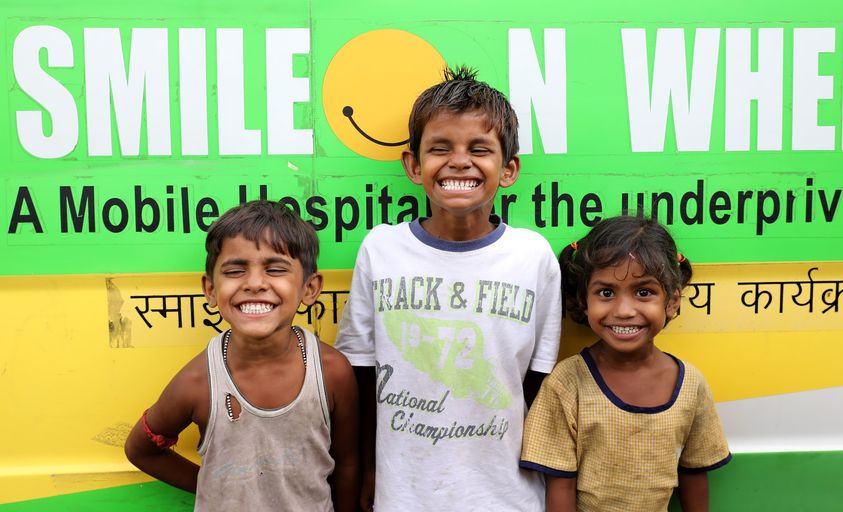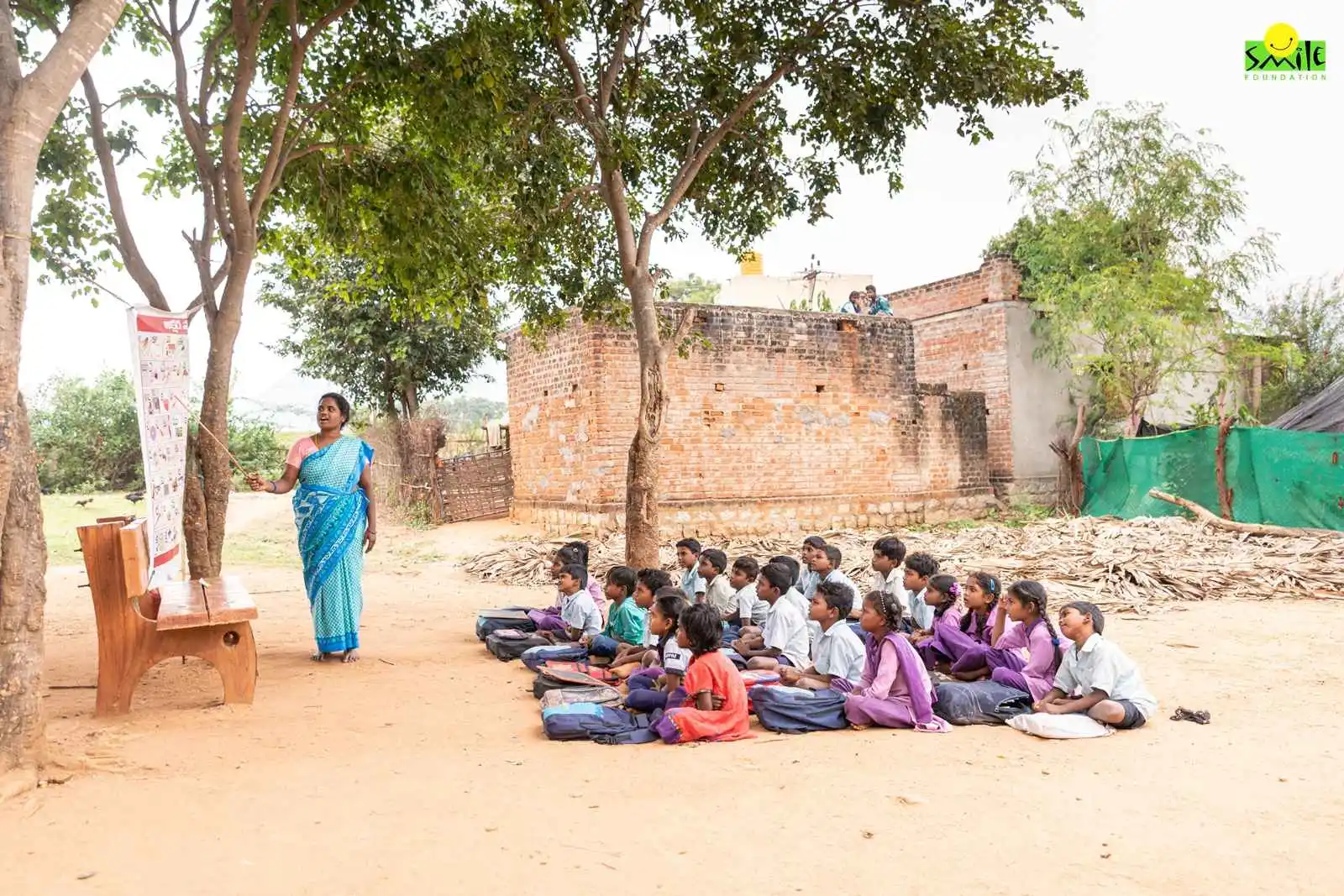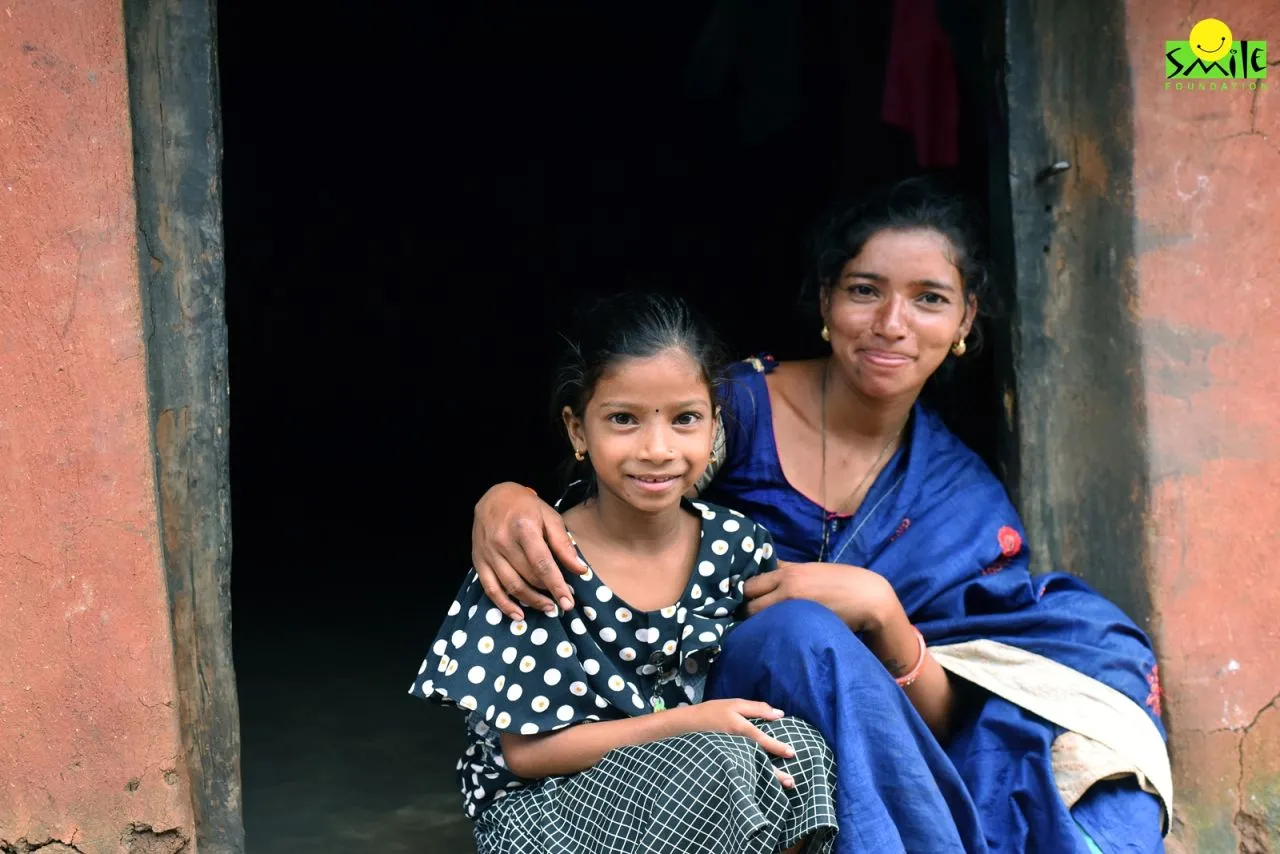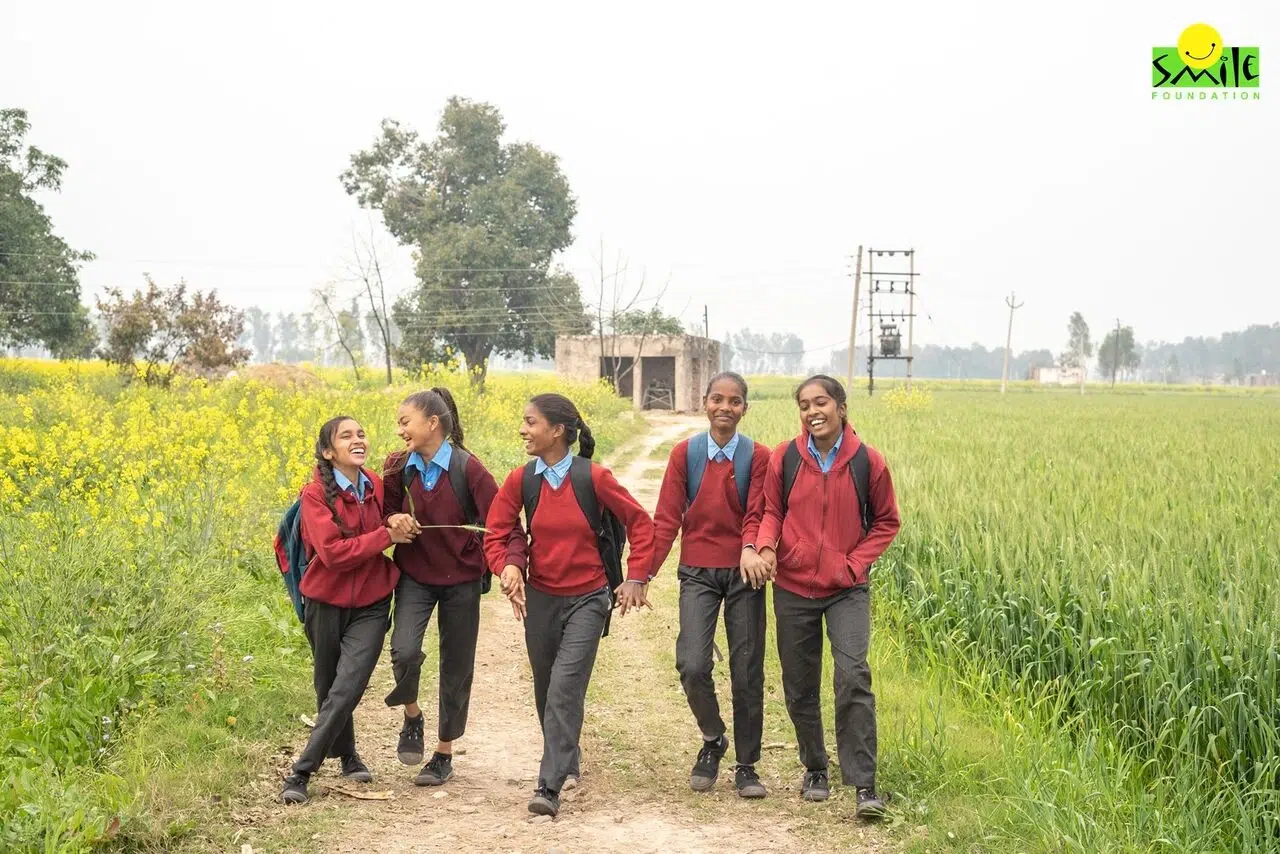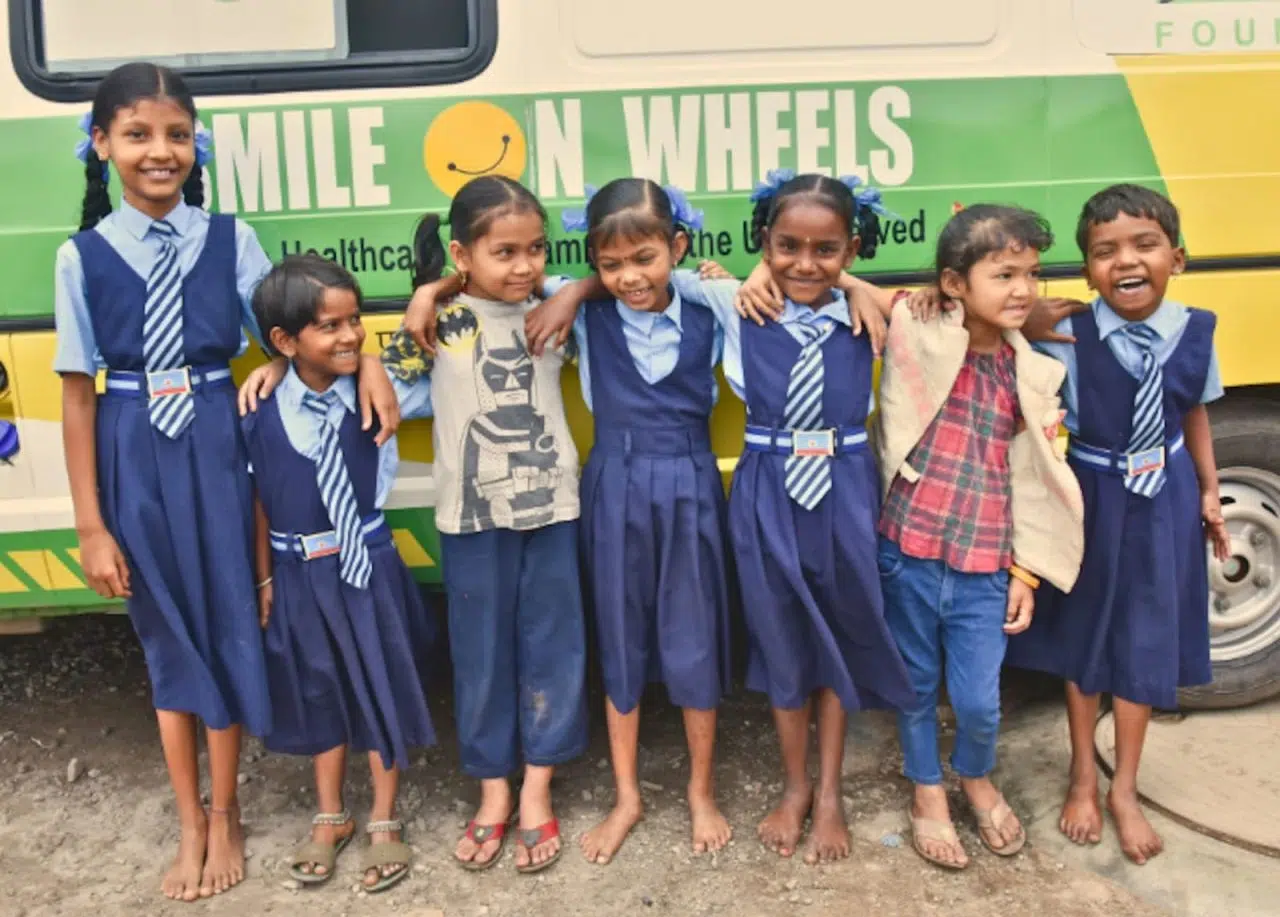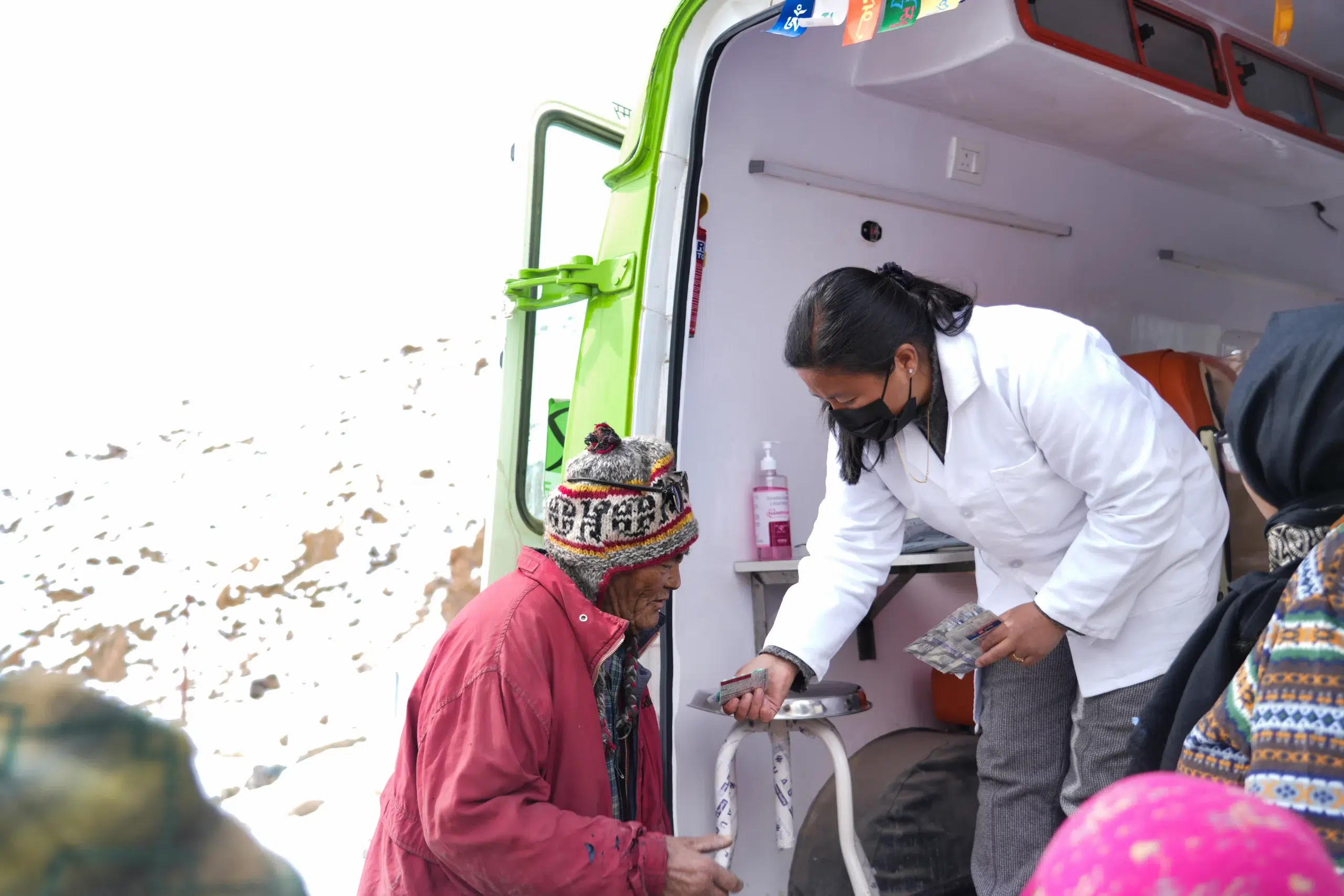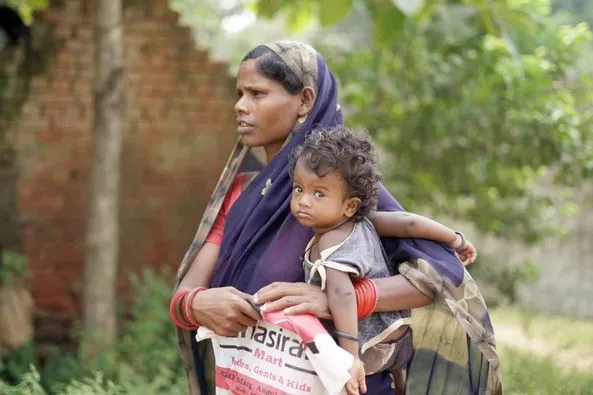In India, access to oral health services in urban and rural communities is often limited, resulting in higher rates of untreated dental conditions and poorer oral health outcomes. Lack of awareness, inadequate infrastructure, and limited availability of dental professionals contribute to these numbers.
Slum and rural populations face significant challenges in accessing dental care. It is estimated that the majority of rural children aged 6-14 years have never received dental treatment. This underscores the urgent need for mobile dental units to reach unreached communities and provide essential oral health services.
Improving Accessibility to Dental Care
Mobile dental units play a crucial role in increasing accessibility to dental care for urban low-income households. These units are equipped with state-of-the-art dental facilities, and visit even remote rural areas, thus eliminating the need for individuals to travel long distances or incur additional expenses to receive treatment.
By bringing dental care directly to the community, the mobile dental units ensure that individuals who previously faced barriers to access can now receive timely treatment.
Preventive and Curative Care
Mobile dental units are not only focused on curative care but also emphasize preventive measures. The mobile clinics conduct oral health screenings, dental hygiene education, and awareness campaigns– all in collaboration with local organizations. These oral healthcare initiatives help educate individuals about proper oral hygiene practices and the importance of regular dental check-ups, ultimately reducing the incidence of dental diseases.
The practicality and convenience offered by mobile dental clinics allow for a wider range of dental treatments to be provided to underserved communities. From routine check-ups to fillings, extractions, and even denture fittings, these units are equipped to handle various dental procedures, thereby addressing both immediate and long-term oral health needs.
Impact on Oral Health Statistics
1. Mobile dental programs have demonstrated a significant positive impact on oral health statistics. They have contributed to reducing the prevalence of dental diseases, such as cavities and gum diseases, among the urban poor. Moreover, early detection of oral health problems through regular screenings has led to timely intervention, preventing the escalation of oral health conditions.
2. The Rural Health Information Hub highlights the importance of mobile dental units in addressing the oral health disparities prevalent in rural areas. By reaching remote regions where access to dental care is limited, these units have played a pivotal role in improving oral health outcomes among the rural population.
Challenges in Implementing Mobile Dental Units
While mobile dental units have proven to be a valuable resource in improving dental care for the urban poor in India, several challenges hinder their widespread implementation. These challenges encompass financial constraints, logistical complexities, and the recruitment of skilled dental professionals. However, it is crucial to address these hurdles to ensure the sustained success and impact of mobile dental programs.
1. Funding: One of the primary challenges faced by mobile dental units is the availability of adequate funding. Acquiring and maintaining mobile dental clinics, equipping them with necessary dental equipment and supplies, and covering operational costs require substantial financial resources. Securing funding becomes imperative to sustain these initiatives and provide ongoing dental care to underserved communities.
2. Logistical Complexities: Mobile dental units face logistical challenges in terms of planning routes, coordinating with local communities, and ensuring a steady supply of resources. The diverse and often sprawling nature of urban areas in India presents unique challenges in reaching the targeted population. Overcoming these logistical complexities necessitates efficient coordination among dental professionals, support staff, and local community leaders to ensure smooth operations and maximize the reach of the mobile clinics.
3. Skilled Dental Professionals: The availability and recruitment of skilled dental professionals present a significant challenge in implementing mobile dental units. These programs require qualified dentists, dental hygienists, and dental assistants who possess the expertise to provide comprehensive dental care.
However, attracting dental professionals to work in remote or underserved areas can be challenging due to the lack of infrastructure, limited career growth prospects, and a preference for urban practice settings. Encouraging and incentivizing dental professionals to serve in mobile dental units through appropriate remuneration, professional development opportunities, and recognition can help overcome this challenge.
While challenges exist in implementing mobile dental units for the urban poor in India, they can be overcome through strategic planning and collaboration with local organizations and dental professionals. By addressing these challenges, mobile dental programs can continue to provide accessible and comprehensive dental care, improve oral health outcomes, and alleviate the burden faced by the urban poor.
The commitment of stakeholders, including government bodies, philanthropic organizations, dental professionals, and community leaders, is crucial in establishing sustainable mobile dental units and ensuring equitable dental care for all.
Possible Solutions and New Discoveries
Addressing the challenges associated with mobile dental units requires innovative solutions and ongoing advancements in the field of dental care. By leveraging technology, adopting sustainable practices, and promoting collaborative efforts, these solutions can enhance the effectiveness and sustainability of mobile dental programs.
1. Tele-dentistry: The integration of tele-dentistry into mobile dental units can revolutionize the delivery of dental care. By utilizing digital platforms and video consultations, dental professionals can remotely assess and diagnose oral health issues, provide guidance on oral hygiene practices, and even prescribe medications. This approach not only expands the reach of mobile dental units but also enables real-time communication between dental professionals and patients, optimizing the use of resources.
2. Portable Dental Equipment: The development of portable and compact dental equipment can significantly overcome logistical challenges associated with mobile dental units. Advancements in technology have resulted in the creation of lightweight, portable dental chairs, digital X-ray devices, and portable dental units. These innovations facilitate the efficient setup and operation of mobile clinics, enabling dental professionals to provide comprehensive dental care in remote or underserved areas with minimal space requirements.
3. Public-Private Partnerships: Collaborations between government bodies, non-profits, and private dental practitioners can strengthen mobile dental programs. Public-private partnerships allow for shared resources, expertise, and funding, enabling the expansion of mobile dental units and the delivery of sustainable dental care services. Government agencies can provide support in terms of regulatory frameworks, funding, and access to underserved communities, while private dental practitioners contribute their skills, equipment, and resources.
4. Community Engagement and Education: Mobilizing community participation and promoting oral health education is crucial for the long-term success of mobile dental units. Engaging community leaders, local organizations, and schools can foster a sense of ownership and encourage individuals to prioritize their oral health. Oral health awareness campaigns, educational workshops, and demonstrations on proper oral hygiene practices can empower communities to take proactive measures in maintaining good oral health, leading to a reduction in the prevalence of dental diseases.
Real-Life Examples of Overcoming Challenges
Despite the aforementioned challenges, there have been successful instances of overcoming these hurdles and implementing mobile dental units effectively in India.
The Indian Dental Association (IDA) has established a mobile dental clinic in Mumbai, Maharashtra, to provide dental care to underserved populations in the city. By partnering with local organizations, the IDA overcame logistical challenges by strategically planning the clinic’s route and scheduling visits to different communities. The IDA also collaborated with dental colleges and institutes to recruit dental professionals who volunteer their services, addressing the challenge of skilled professionals.
In a recent development, GlaxoSmithKline Asia launched four mobile dental vans in collaboration with the Smile on Wheels (SoW) initiative of Smile Foundation. These vans aim to provide free dental care consultations and increase access to oral healthcare for underserved communities in Delhi NCR.
Realising Full Potential
Mobile dental units have the potential to alleviate the oral health burdens faced by the urban poor in India. By implementing innovative solutions, embracing new discoveries, and promoting collaborative efforts, these challenges can be overcome.
The integration of tele-dentistry, advancements in portable dental equipment, public-private partnerships, community engagement, and ongoing research and development are vital in improving the accessibility, quality, and sustainability of mobile dental programs. Through these collective efforts, mobile dental units can continue to save trouble for the urban poor, providing them with the necessary dental care they deserve.



